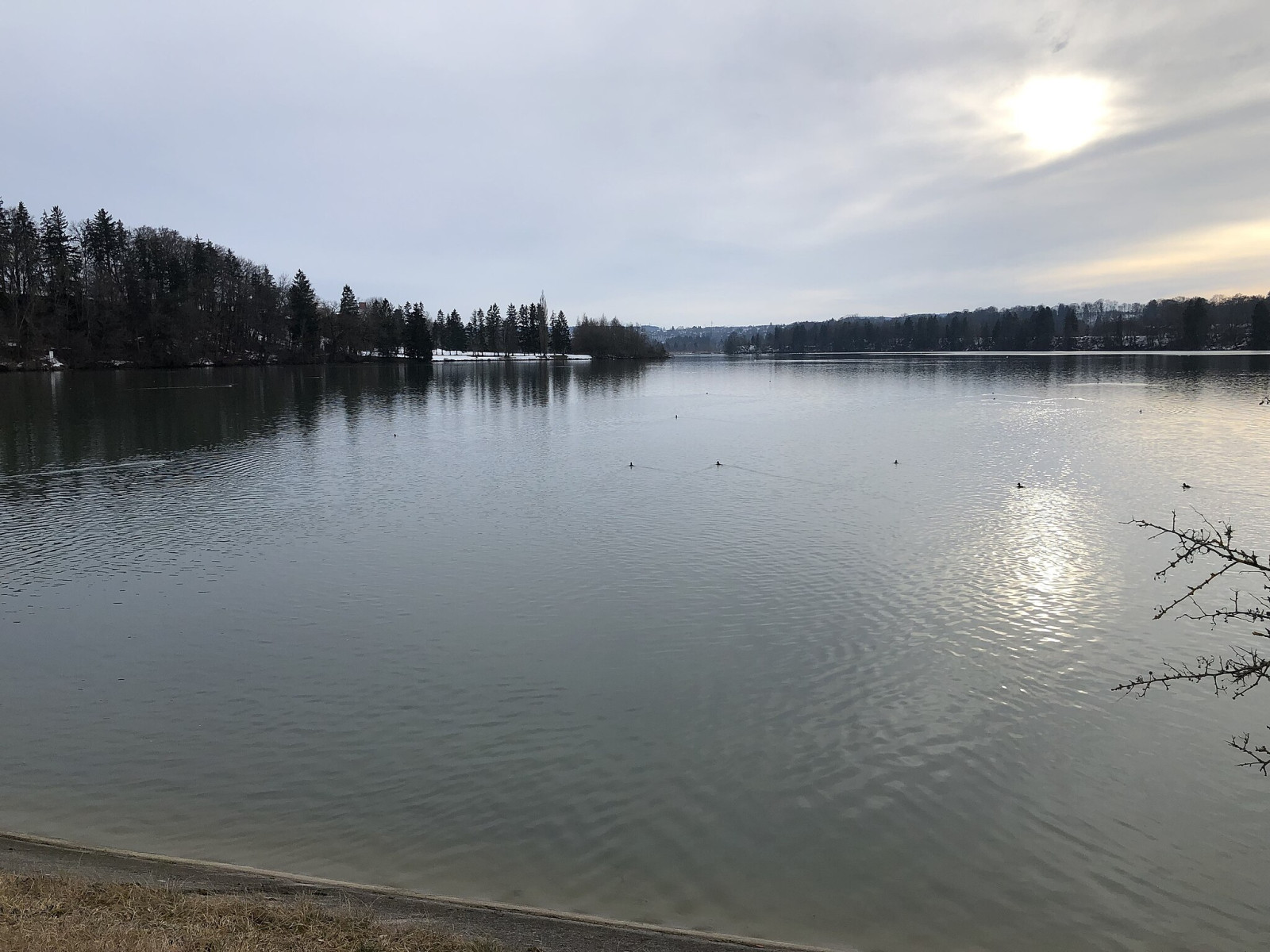Opis
The Lechstaustufe 09 is around 3 km long and 0.5 km wide. The reservoir was built in 1944 to generate electricity from hydropower. It is inhabited all year round by numerous water birds that visit the lake to breed, moult and overwinter. In the southern part, where the Lech flows into the reservoir, there are reed areas where trzcinniczek (zwyczajny) (only in summer), potrzos and wodnik (zwyczajny) can be found.
Breeding birds on the lake include łabędź niemy, perkoz dwuczuby, krzyżówka, czernica, gęgawa, bernikla kanadyjska, hełmiatka and zimorodek. In winter, many czernica, głowienka, krakwa, gągoł, świstun, rożeniec, cyraneczka, perkozek, nurogęś, łabędź niemy and czapla biała can be seen. Sometimes also gęś białoczelna, kazarka rdzawa, ohar and bielaczek. A special highlight are the łabędź krzykliwy, which overwinter here every year, sometimes over 100 individuals. They are mainly found in the south near the base of the reservoir.
Szczegóły
Dostęp
The Lechstaustufe 09 is located in the Lech Valley west of Apfeldorf and northeast of Kinsau. Apfeldorf can only be reached by bus at irregular intervals, but there is a shared taxi service. Bus 812 Schongau-Landsberg stops in Kinsau approximately every two hours from Monday to Friday, and twice a day on Saturday.
From Flößerstraße in Apfeldorf you can get a good view of the northern part of the reservoir, but you cannot get to the shore. The area east of the reservoir base can be seen from the end of a field path that branches off from Kinsauer Straße. The best and closest observation opportunities are usually from the path that runs along the western shore of the reservoir. The best way to explore the area is on foot or by bike.
, CC BY-SA 3.0 httpscreativecommons.orglicensesby-sa3.0, via Wikimedia Commons.jpg)

, CC BY-SA 3.0 httpscreativecommons.orglicensesby-sa3.0, via Wikimedia Commons.jpg)

